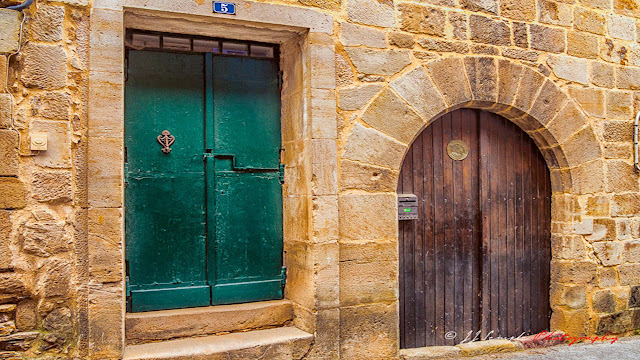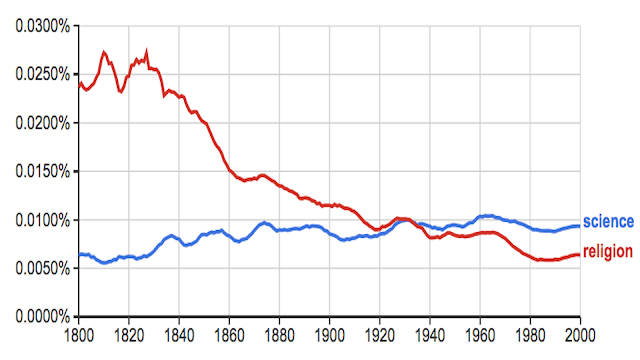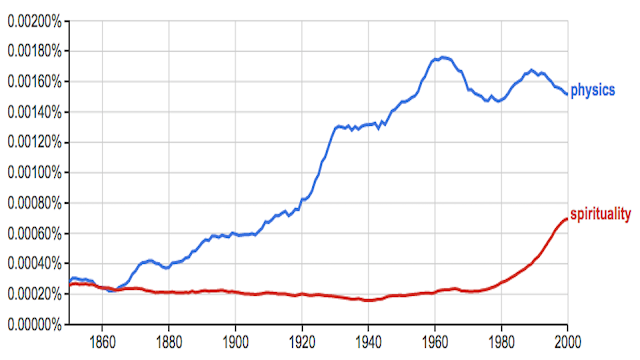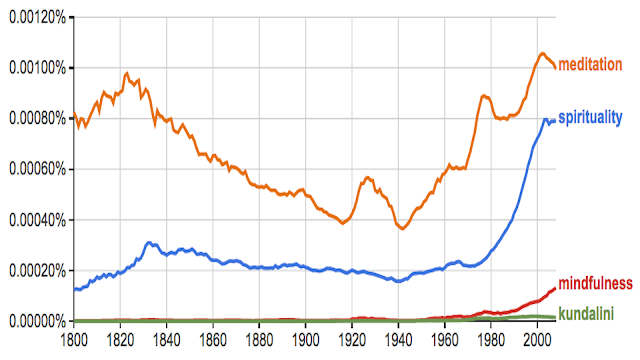As you are born, so will you die. In this process, the duality of
human existence, its inevitability, the Ego is formed and acts as a sense-based intelligence, a protector of the physical body, a survival mechanism that you associate with who
you are or who you think you are — your identity, the Self. Because it deludes
you into thinking that you are It, the Ego plays an important part in the
maturation process and the establishment of consciousness.
As something that belongs to duality, the Ego becomes the localization of your consciousness in the body and as the silent observer of the processes of the mind, you notice that the Ego has a distinct way of operating: It thinks in terms of Past and Future. The past is your interpretation of events, a summary of willful actions and behaviors — things that you were a part of or that happened.
The Ego uses the past to make decisions about the future. It uses logic and emotion to make these decisions. In most cases, your decisions are not premeditated, but are a result of how the Ego feels at any given moment. Nevertheless, your decisions are invariably the result of memories dredged up from past. This is how the Ego operates — using the past to plan future events.
By creating a myth-image around the name you are given as well as your personality, likes, and dislikes, the Ego takes care of the physical body and props up your persona. It seeks to protect the Self and shield it from the perceived wrongs that occur as a result of contact with other people's Egos as well as the situations you face. It is always on the defensive and it views the Self as separate from the rest of the world. Many people never get beyond associating the Ego with the Self; the ego becomes the persona and must be bolstered and defended at all costs.
However, if you disassociate yourself from the Ego, upon proper
introspection you will discover another part of yourself, namely a silent
witness whose role is to watch the mental processes of the Ego and your
reactions to the events of daily life. This part of the Self, the Higher Self,
is motivated by another faculty of the Self — Love.
 |
| The Super Ego |
Motivated by the Unity of all things and manifested by a feeling
that you are no longer separate from the rest of the World, the faculty of Love
is triggered by thinking beyond the Self or the Ego. An Ideal, something to
strive for and live up to, it vibrates at a higher frequency than the Ego and, when experienced,
produces an emotion that feels better than any emotion the Ego generates.
You are an emotional human being whose overall purpose is to be "happy." When you are able to lose yourself in this emotion of Unconditional Love, you will find it greater than the Ego's insatiable appetite for Self-Love.
You are naturally conditioned to follow what "feels best." Once you realize that Unconditional Love can be the guiding force in your life, you function out of Unconditional Love rather than the Self-Love needs of the Ego. This in turn raises your consciousness beyond the physical plane. You start to develop virtuous characteristics and your behavior begins to be ethical and moral, a quality that is valued in our society and a willful choice for you to aspire to.
Acting ethically allows you to "live in the Now," a state experienced more as an emotion than as a thought. The Ego is still present; the Ego is always present, but is mostly silenced by living in the Now. When things happen to you, the Ego will "rear its head" and try to guide you. But if you identify the source of this "guidance" as originating from the past Ego-imprints, you realize it is coming from the Ego and you will reject it.
Acting from Unconditional Love is something that occurs intuitively and connects you to your Spirit. Because you can "lose yourself" in it, you tend to act under its influence. By losing yourself in the "in-the-moment process," you gravitate towards things that make you lose track of time and space.
The mind thinks in terms of past and future. Going beyond your
mind means overcoming past and future thoughts and influences. It seems almost
natural. And it is. Because in the Now, in the realm beyond Past and Future,
beyond the Ego, is the Spirit.
 |
| The Now |
This Spirit is the highest part of you as a human being. You are
not just Spirit, but a compilation of different elements. Spirit is the highest
part of you and you gravitate naturally towards that which is highest in you.
It is a natural inclination.
A Kundalini awakening is a transformative experience that plays out over many years in
most instances. The Self goes through a process that deals with the
expansion of bio-energy and consciousness. Its goal is to catapult the Self
into the Now permanently. The mind is bypassed and instead of thinking
logically and emotionally, the Self starts to develop an ability to think
intuitively and act according to what the Spirit, the highest part of you,
wills.
This is what is meant when people talk about being one with their
Holy Guardian Angel. According to Qabalistic teachings, the Holy Guardian Angel is the part of the Self derived from the Spirit. For human
beings, it is the highest conception of God that can be conceived from a material standpoint.
Kundalini acts like a switch implanted within the Self by a higher
Source that allows us to evolve past the material, physical world in a relatively small
amount of time. It is the Great Awakening, the Rebirth from the Christian
Pantheon, and the purpose of all religion.
Because the Now is a place of pure potential, being one with
Spirit, allows you to function at your highest potential. In this Pure
Potential, all of your highest dreams and desires can come true because you are
able to will them into existence. Past conditioning has no hold on people who
live in the Now, especially those who have awakened kundalini. They operate
at a hyper-consciousness level, which puts them in touch with Cosmic
Consciousness.
 |
| Cosmic Consciousness |
Once the kundalini has activated and the circuit is functioning
properly with the connection to the Bindu point at the top back of the head,
consciousness funnels out of this point and the initiate experiences the
spiritual realm of non-duality. By focusing on this point, all thoughts and
emotions are self-reconciled and the initiate experiences pure joy and
unobstructed inspiration. That means being in a state of inspiration 24/7 since
this fire is unhindered by the workings of the Ego which houses the duality
of the mind. Hence by realizing non-duality, the initiate is constantly in the Now and experiences the
power of pure consciousness and potential.
With the self-sustaining Kundalini energy now working in you, a
whole new world of potential opens up. No task is too hard, no dream is too
big, no obstacle can prevent success in any given area of life that you will
into existence. By being in the Now, the concept of Will Power, which is your
ability to manifest reality, is enhanced a hundred fold. The energy moves
towards the Bindu at the top back of the head and you lose yourself in
transcendental states through music or art or other awareness observing
exercises.
The feeling that is generated is best described as the "Glory
of God" alluded to by Jesus Christ and is the exact state he was talking
about when referring to the Kingdom of Heaven. This is due to the rapture that
is felt in the heart as the self-sustaining Kundalini circuit becomes fully active.
Every action makes you feel as if you’re the star in an Epic movie. You are
truly a King; the external world is your Kingdom. As a silent observer, you are
outside your being, able to control body language and voice tonality and
able to convey the desired effect to the people you interact with. The secret
to being, and remaining, in this state, or in the "zone," is to be in
the Now.













